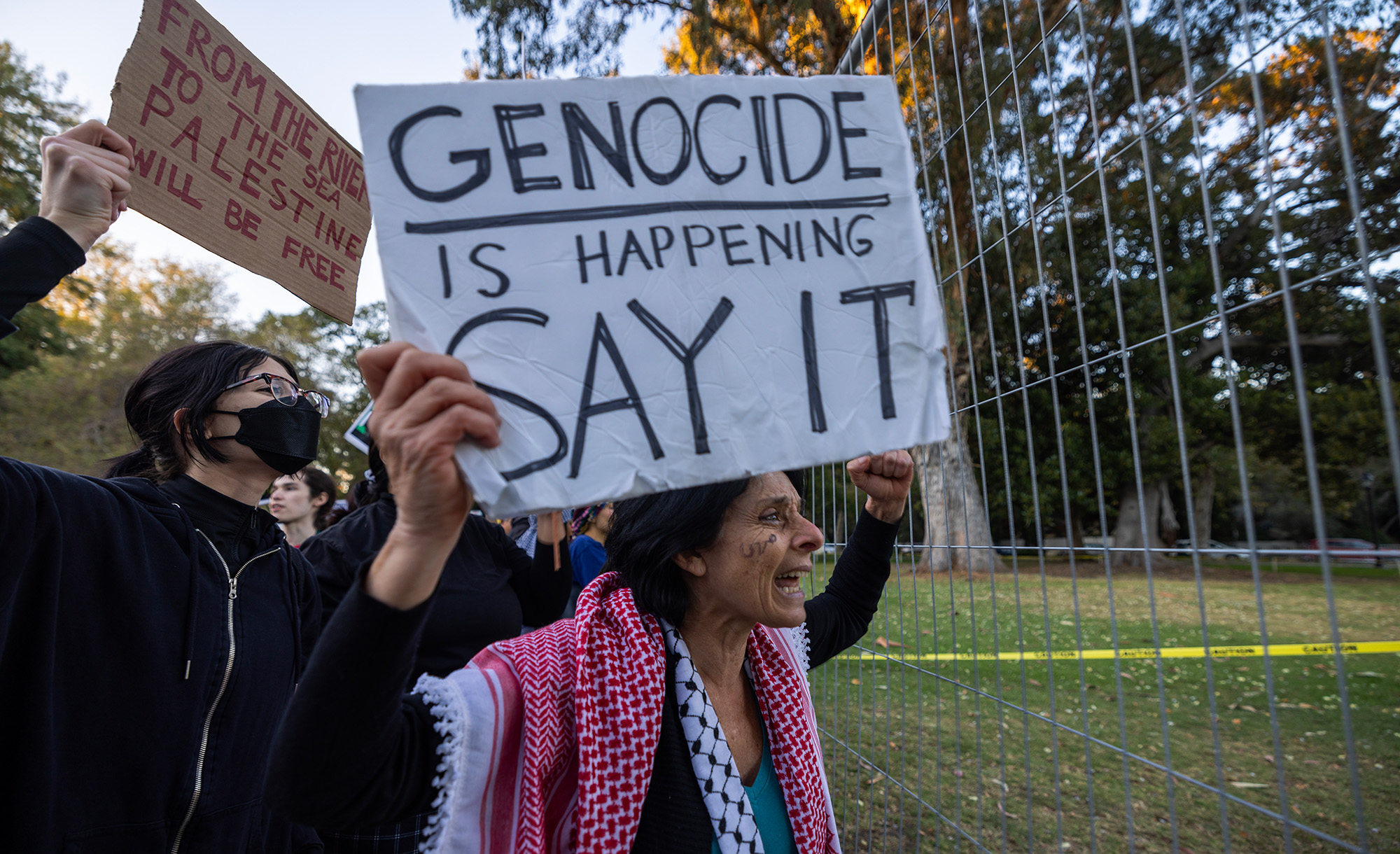The South American nation of Suriname was once home to a thriving community of Sephardi Jews, who had come there and to other Caribbean lands seeking religious freedom and economic opportunity. They added to their ranks converts to Judaism of African origin. The remains of one town reveal much about their lives and traditions. Laura Arnold Leibman writes:
Deep in the Surinamese jungle lies the ruins of what was once the prospering plantation town of Jodensavanne—Jew’s Savanne. Just past the bricks that made up Brakhah ve-Shalom (“Blessings and Peace”) synagogue, are two early cemeteries—one Jewish, one African. Deeper into the forest lies a third cemetery, the Cassipora Jewish cemetery. All three cemeteries hark back to the sepulchral traditions of ancestral homelands even as they have adapted to changes in what it meant to be Jewish. As such, they are a good example of both continuity and change within American religion.
Whereas the Creole cemetery employs what some have argued are African symbols, the Jewish cemetery of nearby Cassipora Creek features pyramid-shaped tombstones that echo those found in the Sephardic cemeteries of London, Amsterdam, Hamburg, as well as medieval Spain. Indeed, though they are separated by a jungle and ocean from their European analogues, Jodensavanne and Cassipora’s Jewish cemeteries share many of their key features with Europe’s Western Sephardic cemeteries. Both Cassipora and Jodensavanne’s Jewish cemeteries, for example, feature the striking symbol of the Hand of God cutting down the tree of life. This symbol can also be found not only in the Western Sephardic cemeteries of London, Amsterdam, and Hamburg, but also in those in Paramaribo, Jamaica, Barbados, and Curaçao.
Read more at Religion in American History
More about: Caribbean Jewry, Sephardim, South America, Suriname


